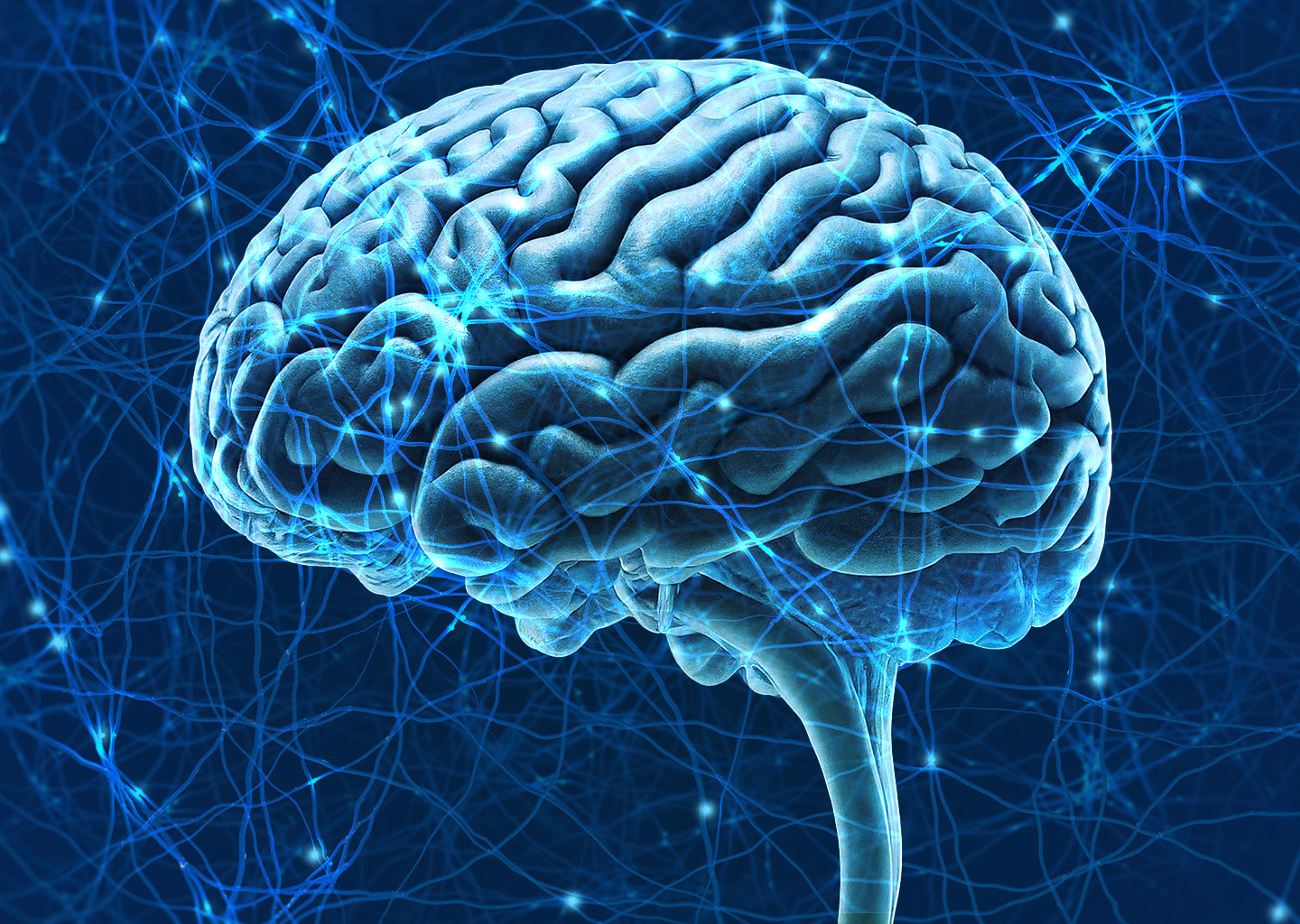In the field of health and wellness, lifting heavy weights is scientifically recognised for it’s ability to build fast twitch muscles, increase strength, and improve balance, thereby reducing fall and fracture risks.
We have known for several decades that brain training plays a neuroprotective role by challenging the brain with novel tasks. But once your brain masters how these games work, the neuroprotective benefits diminish, because they become less mentally stimulating.
Emerging research has revealed that heavy lifting is also strongly neuroprotective, safeguarding your brain against degenerative conditions such as Alzheimer’s and dementia, improving cognitive function, enhancing neural connectivity and the health of brain cells (1).
This addition to our understanding of exercise science not only broadens the scope of how we can enhance brain health, but also provides a compelling argument for the inclusion of OsteoStrong® in a well-rounded health and wellness regimen.
This blog explores the scientific foundations of how OsteoStrong® sessions fully activate your muscles, nervous system, and sense of body position, and delves into why this comprehensive engagement is essential for supporting brain health, especially as we grow older.
Why Nerves Die
As we age, we do less to keep our central nervous system (CNS) fully active. Gone are the days of running from dinosaurs and carting heavy logs. Instead, the everyday stress of modern life has become a persistent issue, leading to chronic stress and damaging inflammation.
This shift not only reduces our engagement in physically stimulating activities, but also contributes to the atrophy and eventual death of CNS cells – a phenomenon encapsulated by the “use it or lose it” principle.
This can contribute to the development of brain and memory problems like alzheimer’s and dementia, due to the diminished stimulation and maintenance of neural connections.
The Complex Interplay of Cognitive Challenge, Job Stress, and Neurological Health
It is now understood that even individuals with complex jobs can encounter neurological issues because, over time, their brains may not face the same level of challenge. Although their work initially demands high cognitive engagement, the novelty and complexity may decrease as they become more adept at their roles.
Meanwhile, the stress associated with these demanding jobs can lead to chronic inflammation which can cause neural damage.
This combination of reduced cognitive stimulation and stress-induced harm can contribute to the development of neurological problems, underscoring the importance of adopting more effective strategies to maintain brain health.
Heavy Lifting Protects Your Brain
Regular heavy weightlifting plays a crucial role in healthy ageing, by significantly engaging the CNS, promoting the activation of a broad network of nerve cells. This widespread activation helps maintain and even enhance neural health and connectivity, thereby supporting cognitive function and reducing the risk of neurodegenerative diseases. Essentially, incorporating heavy lifting into our routine as we age can be a powerful strategy for preserving both brain health and overall well-being.
When you lift heavy weights, you’re not just challenging your muscles; you’re engaging a complex network that includes your central and peripheral nervous systems and proprioception; the sense of self-movement and body position, also known as balance. This full-body engagement is what sets heavy lifting apart from other forms of exercise in terms of its neuroprotective benefits.
When a muscle contracts, it follows an “all or none” principle, meaning each muscle fibre is either fully activated, or not activated at all. When you lift light weights or perform light cardio exercises, your central nervous system selectively activates only a portion of the available muscle fibres. This selective recruitment allows for the precise control of force output, ensuring that you use just enough muscle power to perform the activity, without engaging every muscle fibre you have.
Consequently, lighter activities don’t stimulate your whole central nervous system and proprioception to the same extent as lifting heavy weights, which requires a more substantial and widespread activation of muscle fibres to generate the necessary force.
This difference in neural engagement highlights the unique demands placed on the body by different types of physical activities.
The recent research also shows that heavy weightlifting consistently provides neuroprotective advantages. Engaging in heavy lifting demands significant focus and the synchronisation of multiple neural pathways, effectively stimulating the brain and enhancing its functionality and durability. Since this type of exercise fully stimulates the central nervous system (CNS) every time, its beneficial effects do not wane over time. This continuous, full engagement is key to maintaining and improving brain health, offering a robust defence against cognitive decline.
By fostering neuroplasticity—the brain’s ability to form new neural connections—heavy weightlifting helps protect against cognitive decline and reduce the risk of neurodegenerative diseases.
Enhanced Neuroprotective Benefits of OsteoStrong
OsteoStrong® is a relatively new health and wellness technology that focuses primarily on bone health and strength. OsteoStrong® sessions feature advanced Spectrum machines that enable you to apply much more force than traditional weightlifting allows. This technology deeply activates your central nervous system, muscles, and your body’s sense of position and movement, providing unique and profound benefits.
This is achieved by positioning the body in the optimal strength position on each Spectrum machine, enabling you to exert up to ten times greater force than we experience with conventional exercise.
This enhanced force translates into deeper engagement of the body’s muscular and nervous systems, potentially offering greater neuroprotective benefits, compared to standard weight training, while significantly lowering injury risks, commonly associated with conventional weight training.
The substantial force exerted during OsteoStrong sessions requires profound neural involvement. This intense neural engagement of your central and peripheral nervous systems is critical for strengthening neural pathways and enhancing the brain’s plasticity.
The heightened demand on the nervous system can accelerate the benefits of neurogenesis and synaptic plasticity, essential components for cognitive health and resilience against neurodegenerative diseases.
Improve Blood Pressure, Blood Flow and Nutrient Delivery
Lifting heavy weights also makes your blood pressure go up, which can actually be good for your heart and blood vessels over time (2), making them more flexible and possibly lowering your blood pressure in the long run (3). This also increases blood flow to your muscles and brain, bringing more oxygen and nutrients and helping get rid of waste. This is great for keeping your brain cells healthy and growing.
The physical effort of lifting heavy also activates a sympathetic nervous system response, further elevating blood pressure levels during the lift.
It is important to note that this increase in blood pressure is only temporary and goes back to normal immediately after you finish lifting.
Improved Balance and Cognitive Function
The unique nature of OsteoStrong® sessions, with their emphasis on skeletal strength, inherently challenges balance and proprioception.
This can further refine the neural circuits responsible for spatial navigation and body awareness, contributing to improvements in cognitive functions such as memory, attention, and problem-solving skills. This is why members experience a significant improvement in balance in as little as 5 weeks (OsteoStrong Balance Study – 77% improvement for people average age 60)
HDL Cholesterol & Brain Health
Substantial evidence suggests that HDL may play a pivotal role in preserving brain function (5).
High-density lipoprotein (HDL) is often referred to as “good” cholesterol because it helps remove other forms of cholesterol from your bloodstream, reducing the risk of heart disease. Beyond its cardiovascular benefits, emerging evidence suggests that HDL also plays a crucial role in maintaining cognitive function, both under normal conditions and in the presence of diseases that affect the brain, like Alzheimer’s.
HDL is believed to contribute to brain health by aiding in the removal of LDL cholesterol from the brain, participating in anti-inflammatory processes, and potentially protecting the brain from oxidative stress and the formation of amyloid plaques, which are linked to Alzheimer’s disease.
Studies have demonstrated that heavy weightlifting can increase HDL levels.
This suggests that engaging in heavy weightlifting like OsteoStrong® may increase HDL supporting neural and overall health.
Supporting Research and Safety Considerations
While direct studies on OsteoStrong sessions and their neuroprotective effects are emerging, the principles they are based on align with existing research on the benefits of heavy lifting for brain health. The integration of high-force exertion with safety and efficiency makes OsteoStrong® a highly effective addition to the field of neuroprotective health and wellness strategies.
It is worth noting that OsteoStrong®, like any health and wellness or fitness program, should be approached with guidance from professionals, especially for individuals with existing health conditions or those new to high-intensity resistance training. The highly tailored nature of OsteoStrong® sessions allows for adjustments to suit individual needs and goals, ensuring a safe and effective path to enhancing both physical and cognitive health, allowing you to live better for longer.
The OsteoStrong Slow Start Program has been designed specifically for older, deconditioned, and previously injured members, who may have never participated in any form of heavy lifting program previously.
In Conclusion
OsteoStrong® sessions represent a groundbreaking approach to leveraging the neuroprotective power of heavy lifting. By allowing individuals to safely exert greater force than traditional weightlifting or exercise, these sessions may offer enhanced benefits for brain health, including improved cognitive function, increased neural plasticity, and greater resistance to neurodegenerative conditions.
As we continue to uncover the vast potential of physical activity in protecting and enhancing brain health, OsteoStrong® stands out as a promising modality that bridges the gap between physical strength and cognitive resilience.
(1) Hippocampal plasticity underpins long-term cognitive gains from resistance exercise in MCI, K.Broadhouse et al, NeuroImage: Clinical 2020
(2) It’s important to note that while spikes in blood pressure are typically temporary and return to normal levels shortly after the session is completed, individuals with unmedicated hypertension or heart conditions should consult with a healthcare provider before engaging in heavy lifting or high-intensity resistance training such as OsteoStrong®.
(3) Strength training for arterial hypertension treatment: a systematic revies and meta-analysis of randomized clinical trials, Roberto Correia et al, PubMed 2023
(4) HDL and Cognition In Neurodegenerative Disorders, D.Hottman, Neurobiology of Disease, 2014
(5) Increased HDL – cholesterol levels with a weightlifting program, I.Ullrich et al PubMed 1987



